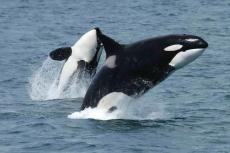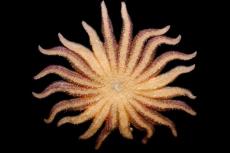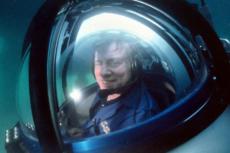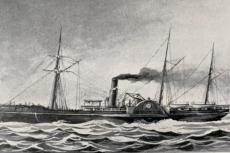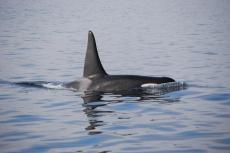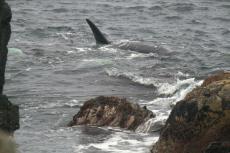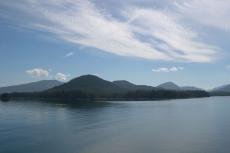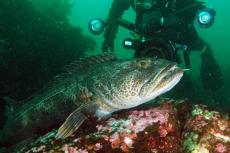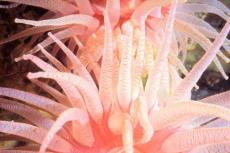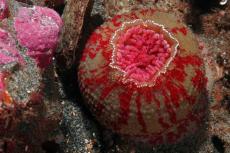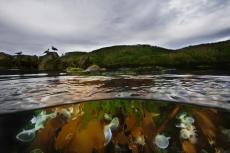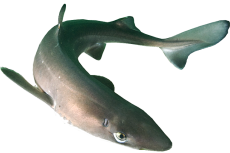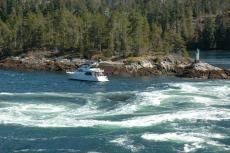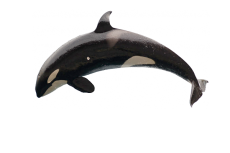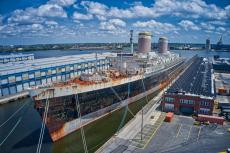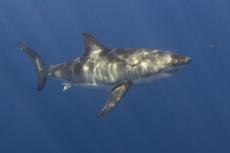Salish Sea too Noisy for Resident Orcas
A recent study highlights how the noise from boats, both large and small, disrupts the orcas' ability to hunt, in the inland waters of The Salish Sea, off the coast of Washington and British Columbia.
The Salish Sea is home to two unique populations of orcas: the northern and southern residents. While the northern population has slowly rebounded to over 300 individuals, the southern residents remain critically endangered, with their numbers stuck at around seventy-five.
The reasons behind the southern orcas' struggle to recover have been well-documented—reduced salmon runs, pollution, and past capture for entertainment purposes. Now, new research suggests another key culprit: human-made underwater noise.
Noise makes hunting more difficult
The study, led by the University of Washington (UW) and the National Oceanic and Atmospheric Administration (NOAA) finds that the constant din from ships, large and small, forces the orcas to spend more time searching for fish while lowering their success rates. The problem is especially pronounced for the southern residents, who inhabit parts of the Salish Sea with high levels of ship traffic.
“Vessel noise negatively impacts every step of the orcas’ hunting process, from searching and pursuing to capturing prey,” said lead author Jennifer Tennessen, a senior research scientist at UW’s Center for Ecosystem Sentinels. “This is one of the factors making it harder for southern residents to recover.”
Orcas' echolocation
Orcas rely on echolocation to hunt, sending out short clicks that bounce off objects in the water and return as echoes, providing critical information about their prey. But noise from ship propellers muddles these signals, making it difficult for the orcas to detect and catch their primary prey: salmon.
To understand the impact, researchers from NOAA, UW, and other institutions used special digital tags—“Dtags”—that attach to the orcas’ dorsal fins. These tags recorded the orcas' body movements, dives, and the noise levels in their environment. After analysing data collected from twenty-five orcas between 2009 and 2014, the team found a clear link between noise and hunting struggles. For every decibel increase in noise, the likelihood of capturing prey dropped, particularly for female orcas.
Female orcas have special difficulty
Female orcas, especially those caring for calves, appeared more reluctant to pursue prey in noisy conditions, possibly due to the risk of leaving their young unprotected. This could be adding to the high pregnancy failure rate already seen in the southern population, likely caused by nutritional stress from struggling to find enough food.
To combat this issue, both Canada and the U.S. have introduced voluntary vessel speed-reduction programs to quiet the waters. However, reducing noise pollution alone won’t solve the problem. Habitat destruction, water pollution, and other threats to the orcas also need to be addressed.
Much more protection needed
“When you look at everything these orcas are facing—habitat loss, pollution, vessel strikes—noise pollution just adds to an already dire situation,” said Tennessen. “But with coordinated efforts, we can still turn this around.”
For now, the future of the southern resident orcas hangs in the balance, with their survival depending on how quickly human activities can be adjusted to protect their fragile ecosystem.





